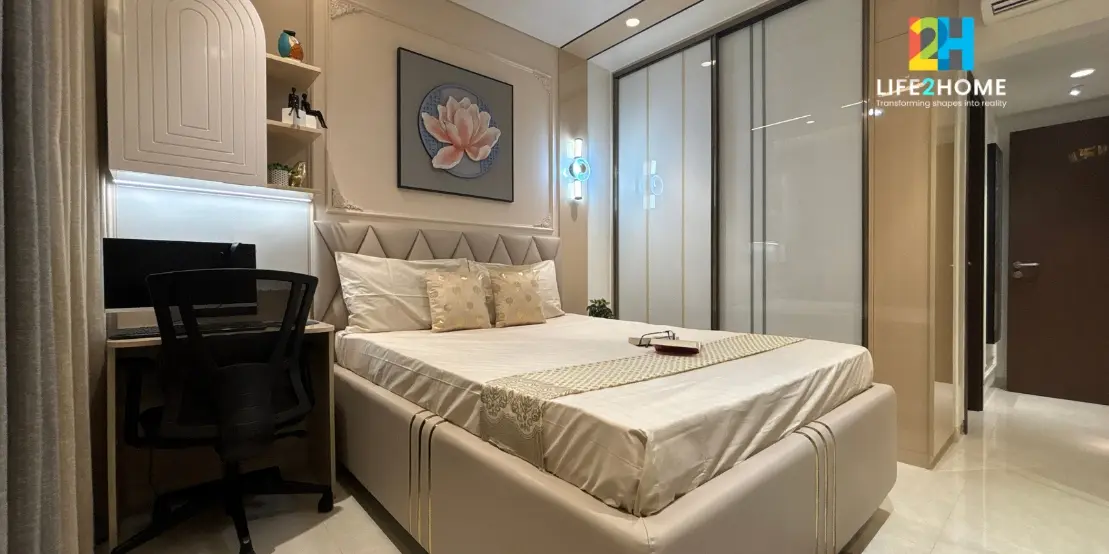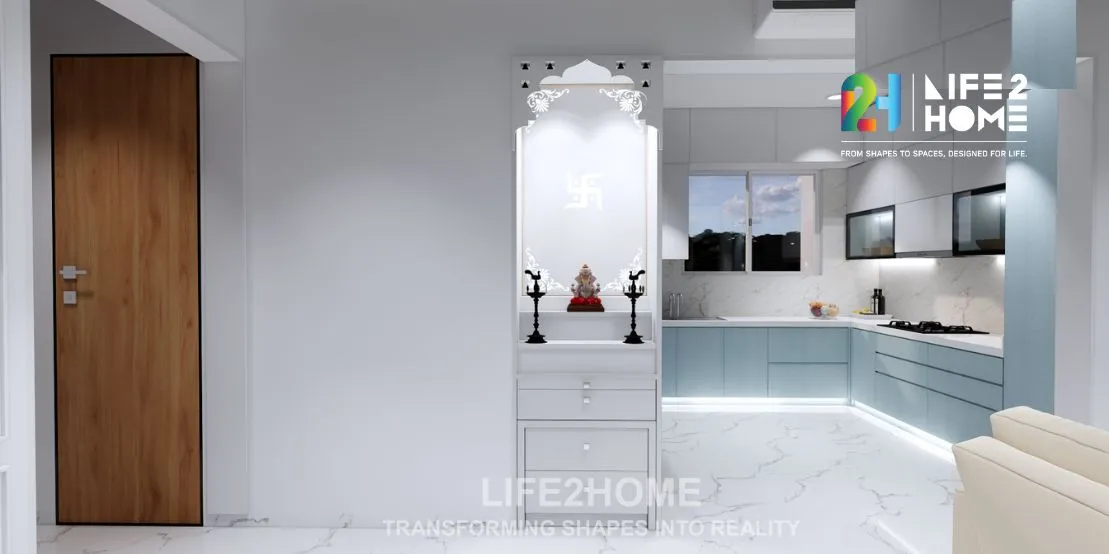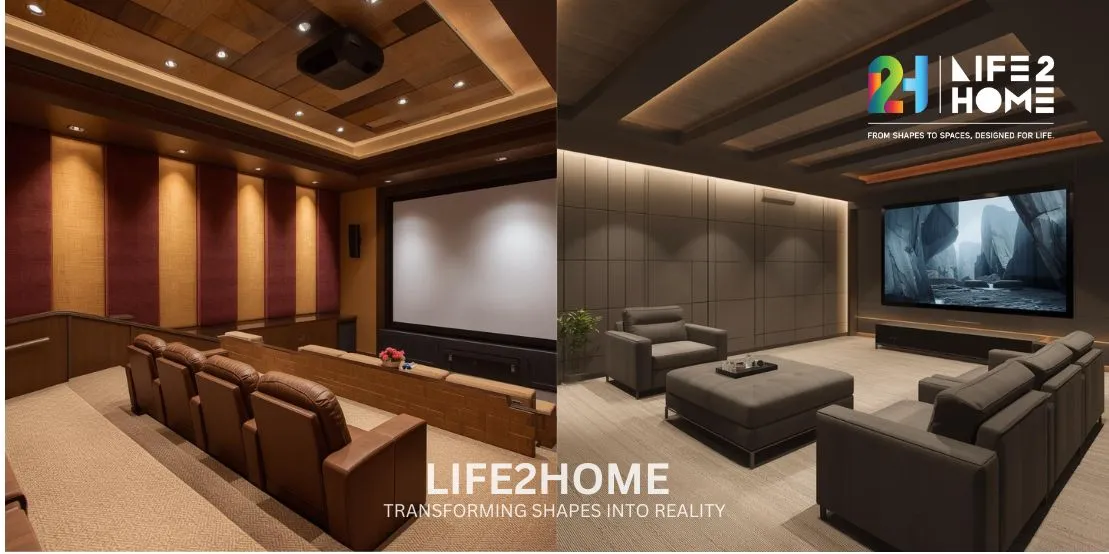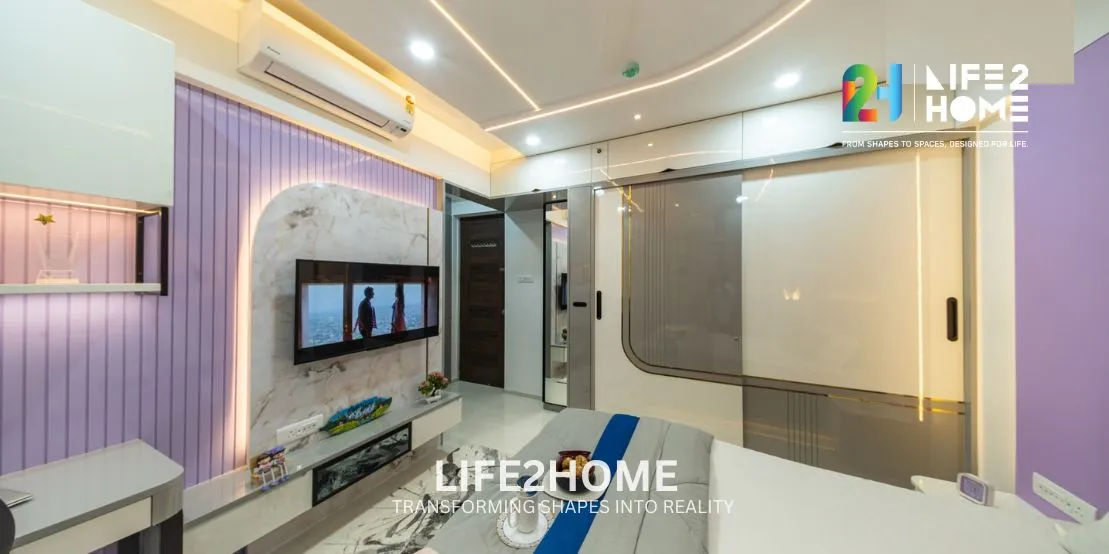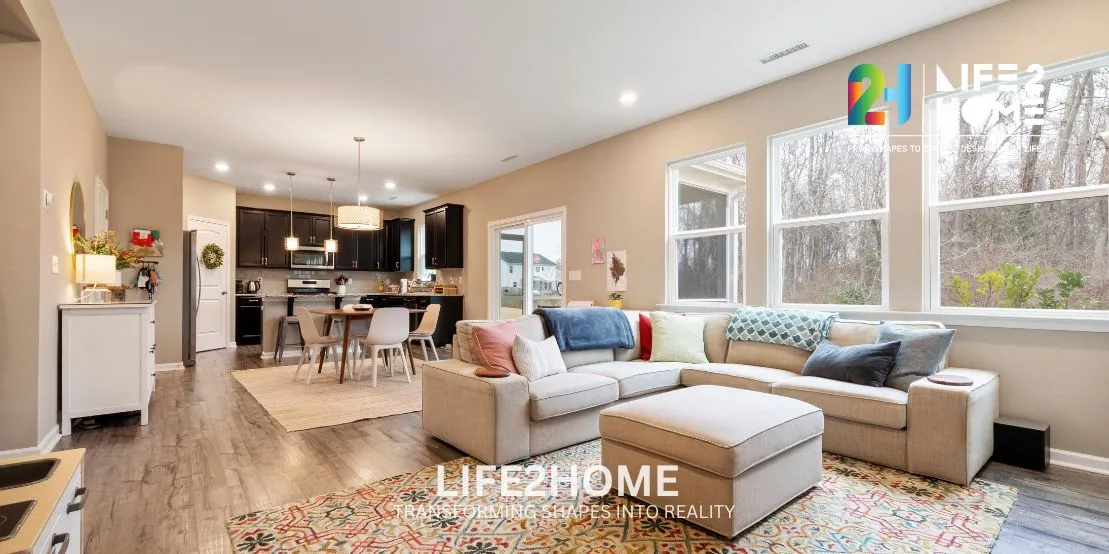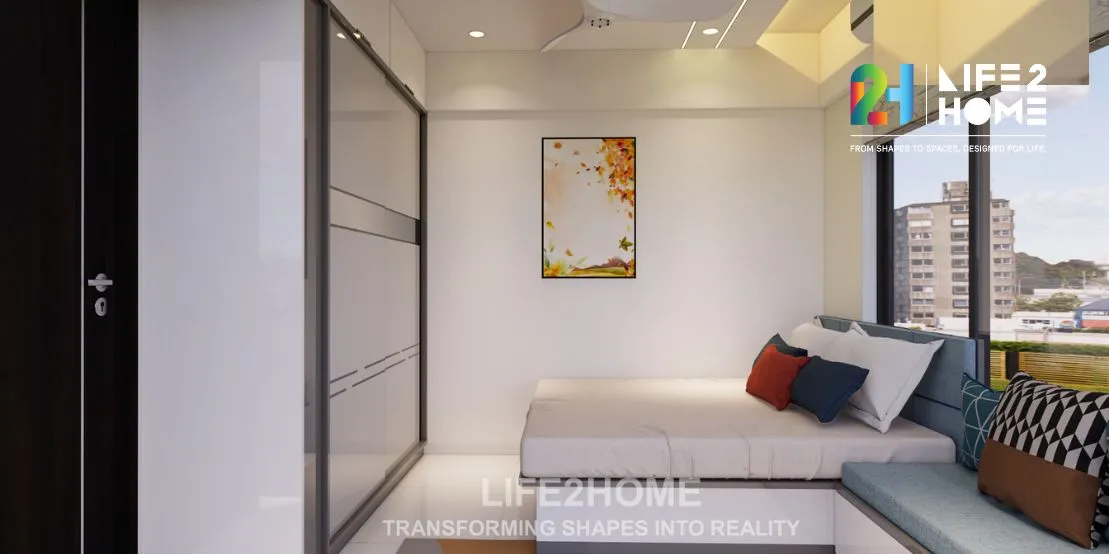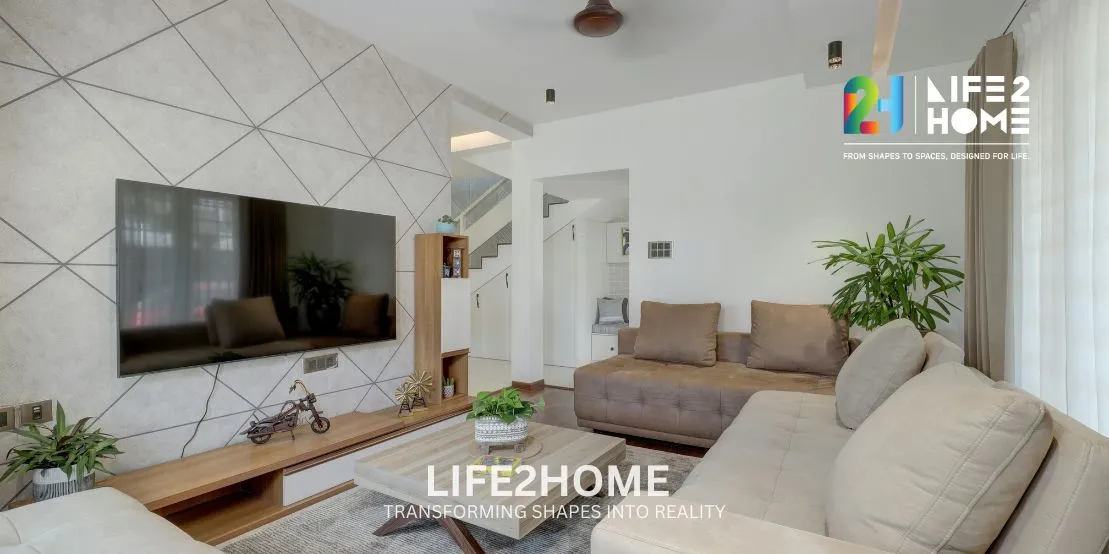Living in a busy city like Pune, we always felt a bit away from nature. With the advent of pollution increasing day by day, high energy consumption, and waste generation, we found ourselves thinking about our lifestyle. That’s when we thought of transforming our apartment into a green living space in Pune—one that not only serves us but also helps us create a healthier environment.
But how do you transform a regular city apartment into an eco-friendly oasis? It wasn’t an overnight transformation. It required research, effort, and a shift in mindset. Over time, we adopted energy-saving techniques, embraced sustainable practices, and incorporated greenery into our home.
In this article, we will take you through our journey step by step—what worked, what didn’t, and how you too can make a difference in your own home.
Step 1: Planning and Research
The most important part of this journey was actually the research conducted. We did not know really what “green living” was and whether we could take it to any practical level into an apartment house.
Understanding Sustainability – We finally understood that, far from sprinkling plants about the house green living is rather reducing energy and waste, as well as consciously using eco-materials and also lifestyle choices made in a green manner.
Setting Goals – Since we could not bring about overnight changes, we set realistic goals:
Reduce electricity bills by 30% within six months.
Reduce plastic usage by at least 50%.
Develop a green corner with plants that purify indoor air.
Finding Resources in Pune – We looked up sustainable marketplaces, local nurseries, and organizations promoting eco-friendly living.
With a plan in place, we moved on to making concrete changes.
Step 2: Energy Efficiency Upgrades
Energy efficiency was our first priority. Our apartment consumed a lot of electricity due to inefficient appliances and excessive lighting usage. Here’s what we did:
Switched to LED Bulbs – Replaced all incandescent bulbs with LEDs, and that really cut down our electricity bill.
Solar Power – Though installing full-fledged solar panels wasn’t feasible for our apartment, we invested in solar-powered chargers and lamps.
Smart Home Technology – We used smart plugs and timers to turn off appliances when not in use. Motion-sensor lights in less-frequented areas also helped conserve energy.
These small but effective changes led to noticeable savings on our monthly electricity bill.
Step 3: Water Conservation Strategies
Water scarcity is a growing concern in Pune, and we wanted to do our part in reducing water wastage.
Installed Low-Flow Fixtures – We replaced our faucets and showerheads with water-saving versions, which reduced consumption without compromising performance.
Rainwater Harvesting – Although we could not install a large-scale rainwater harvesting system, we used simple methods to collect and store rainwater for watering plants.
Greywater Recycling – Water from washing vegetables and rinsing clothes was reused for cleaning floors and flushing toilets.
These steps easily helped us save a good amount of water for every month.
Step 4: Indoor Greenery and Air Purification
One of the easiest changes that we made was incorporating plants into our apartment. They not only enhanced the aesthetic appeal, but also improved air quality.
Best Indoor Plants – We chose plants such as snake plants, aloe vera, and areca palms, which are well known for filtering toxins.
Vertical Gardens – Since the space was limited, we created our vertical garden on our balcony using recycled wooden pallets.
Natural Air Purifiers – To keep away chemical-based air fresheners, we use bags of activated bamboo charcoal to absorb the pollutants.
After about a week or two, our home felt fresher and cleaner.
Step 5: Eco-Friendly Furniture and Décor
We did not buy new furniture but searched for sustainable options.
Reclaimed Wood Furniture – We used furniture made from reclaimed wood instead of purchasing new ones.
Non-Toxic Paints – Normal paints release toxic chemicals, so we chose non-toxic paints.
DIY Upcycling Projects – Old wooden crates were upcycled into bookshelves, and discarded fabric was upcycled into cushion covers. These choices not only helped the environment but also gave our home a unique and personal touch.
Step 6: Waste Management and Composting
Waste management is a significant component of sustainable living. Like any urban center, Pune faces the issues of proper waste disposal. We wanted to do our bit in reducing house waste.
Waste Segregation for Recycling
First, we created differentiated bins for waste segregation. We put organic waste, which included food peels, fruit peels, and biodegradable materials in one bin, and recyclable waste that consisted of plastic, paper, glass, and metal in another.
Non-recyclable waste (items that cannot be composted or recycled)
In the process, we ensured that waste collectors in the locality could actually handle and recycle it.
Setting up a Compost Bin
In place of chucking vegetable peels, coffee grounds, and eggshells, we decided to compost them. Since our apartment is limited in space, we chose an apartment-sized, compact compost bin that fit quite nicely on our balcony.
We did the following:
Collected kitchen scraps every day and put them into the compost bin.
Layered it with dry leaves or shredded newspaper to balance moisture.
Stirred the compost regularly to speed up decomposition.
After a few weeks, we had nutrient-rich compost that we used for our plants. It was an easy and cost-effective way to manage organic waste.
Collaboration with Local Waste Management Services
We found that Pune has a number of waste recycling and disposal organizations. We started availing services such as:
SWaCH Pune – A cooperative that collects segregated waste for recycling.
EcoSattva – A company that provides sustainable waste management solutions.
These practices reduced the household waste sent to landfills considerably.
Step 7: Sustainable Food Practices
Another major change that we adopted regarding food intake. We understood the fact that consumption of food affected the environment—the packaging waste to the carbon emissions released during food transport.
Growing our own herbs and vegetables
Since we did not have a garden, it didn’t deter us from growing food. Using pots and containers, we planted in them:
Herbs such as basil, mint, and coriander to be used frequently in cooking
Cherry tomatoes and chilies
Microgreens which took just days to grow.
It was rewarding to grow food at home, and also sustainable to grow one’s requirements at home. It also reduced reliance on plastic-wrapped produce from the stores.
Reduction of Plastic Usage at Grocery
Plastic usage during grocery shopping has become significantly more minimal with easy changes we adopted:
Cloth bags instead of plastic bags
Bulk grains, and pulses purchased from local shopkeepers in our container, as ordered
Glass jars instead of plastic overwrappings
Supporting Local Organic Markets in Pune
Instead of buying mass-produced groceries from supermarkets, we began sourcing from:
Organic farmers’ markets in Pune (such as the one in Koregaon Park)
Small local vegetable vendors who use minimal plastic
Zero-waste stores offering packaging-free alternatives
Not only was this approach better for the environment, but the food was also fresher and healthier.
Step 8: Reducing Carbon Footprint
Living in a city means relying heavily on transportation, but we wanted to minimize our environmental impact.
Using Public Transport and Bicycles
Instead of driving everywhere, we made an effort to do the following things:
Use Pune Metro or buses whenever possible
Cycle short distances instead of a cab
Pool rides for work and social events
This way, not only did we cut down on fuel, but also pocketed the amount.
Energy Efficient Cooling Solutions
Pune has pretty hot summers; we optimized the cooling of our home without consuming more electricity.
Cross ventilation – Keeping the windows open at the cooler hours to circulate air.
Reflective curtains – Using light-colored curtains to reflect heat and keep rooms cool.
Energy-efficient fans – Switching to inverter-based fans and air coolers to reduce energy consumption.
Minimizing Plastic Use and Promoting Sustainable Products
We identified everyday products that contained plastic and replaced them with eco-friendly alternatives:
Metal straws instead of plastic ones
Wooden toothbrushes instead of plastic toothbrushes
Biodegradable garbage bags made from cornstarch
These little bits of changes really reduced plastic usage at home.
Step 9: Green Cleaning Products
Most chemical products available in the market are really bad for the environment. So, we replaced it with eco-friendly products.
Biodegradable Cleaning Products
We found several brands in Pune which offers a complete set of eco-friendly detergents, soaps, and surface cleaners. There are the following:
No chemical pollutants
Processed from natural extracts like neem and citrus
Packaged in recyclable or refillable packaging
Making DIY Natural Cleaning Solutions
For an even greener approach, we started making our own cleaners at home:
All-purpose cleaner: A mix of vinegar, lemon peels, and water
Glass cleaner: Diluted white vinegar for streak-free windows
Floor disinfectant: Neem leaves boiled in water
These DIY solutions were cheaper, healthier, and just as effective as commercial products.
Avoiding Chemical-Based Air Fresheners
Instead of synthetic air fresheners, we used:
Essential oil diffusers with scents like lavender and eucalyptus
Sprinkle of baking soda in open jars so that it would absorb the stinky smell of the apartment. Indoor plants jasmine and peace lily for that natural fragrance and not just by these methods; our apartment smelt fresh, it also improved air quality.
Step 10: Community Involvement and Advocacy
Sustainable living is not just about change in personal activities but inspiring other people. So we wanted our neighbors and people in Pune to adopt greener practices.
Neighborly Persuasion to Get Greener
We started by sharing our journey with friends and family. Some of them were inspired to:
Start composting
Reduce plastic use
Grow their own herbs
We even set up a plant exchange program, where residents in our building could swap plants and seeds.
Attending Sustainability Workshops
There are many organizations in Pune who promote eco-friendly living. We attended workshops on:
Composting techniques
Methods of water conservation
Upcycling household waste
These activities bonded us with fellow-minded people and widened our understanding of green living.
Partnership with Local Green Initiatives
We were also part of some sustainability projects in Pune, such as:
Tree plantation drives
Lake clean-up campaigns
Eco-friendly festivals (like Ganesh Chaturthi with clay idols)
In doing these, we came to understand that even small efforts can make a big difference if done collectively.
Conclusion
Transforming our apartment into a green living space was one of the most rewarding experiences of our lives. Not only did it reduce our environmental impact, but it also improved our quality of life—with cleaner air, lower expenses, and a healthier home.
If you’re considering going green, start with small changes. Switch to LED bulbs, plant a few air-purifying plants, or reduce plastic usage. Over time, these small steps will add up to a significant difference.
Pune, like many cities, is evolving towards sustainability. If more people adopt eco-friendly habits, we can collectively create a greener, healthier future for ourselves and future generations.
Contact us to learn more about how you can create a sustainable home!

